Do you ever wonder why some packagings are able to make a lasting impression on your mind while others just lack the wow mark? Why don’t some packaging imprint your fingerprints on it while others get dirtier in just two to three touches?
Regardless of the situation, the coating of the packaging is the crucial element to consider if you are looking for product packaging that resists fingerprints and bad odor and looks to appeal to your customer.
Although many finishing options are available to enhance the appearance and durability of the final product when it comes to printing and packaging, one popular option is an aqueous coating. This clear, water-based coating stands out and offers many benefits and specific applications over other types of coatings.
Welcome to our guide, where we will explore what aqueous coating (AQ) is, its types, and its advantages in the world of printing and packaging.
So, without further ado, let’s get started.
What is Aqueous Coating?
Aqueous coating is a transparent, water-based coating commonly used in the printing and packaging industry and applied to printed materials, such as packaging and marketing materials, to protect the ink and enhance the appearance of the finished product during the printing process.
Aqueous coating is an environmentally friendly alternative to other types of coatings, such as UV coating, and provides a variety of finishes, including gloss, matte, and satin. It is highly favored due to its durability, quick dryness, and fingerprint and scratch resistance of printed materials.
The process of applying an aqueous coating to printing and packaging materials involves several steps. Here’s an overview of the process:
-
Printing:
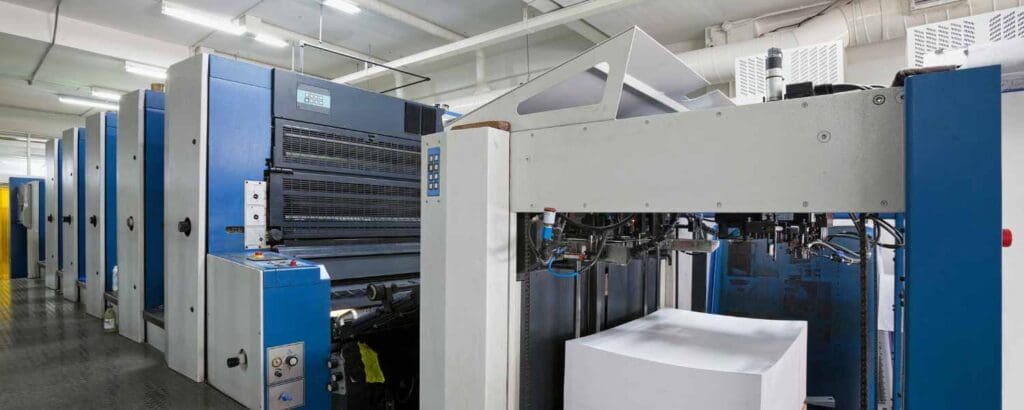
The printing process is typically done using offset printing, which uses plates to transfer the image onto paper or other material.
-
Drying:
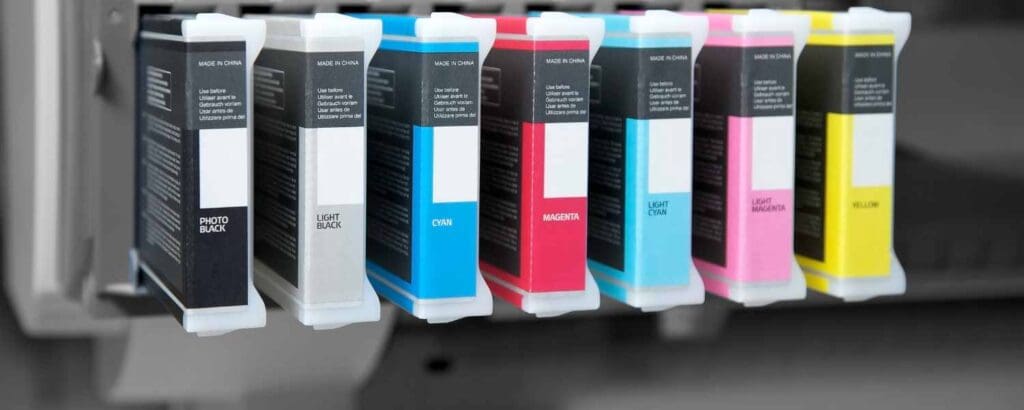
After printing, the next step in aqueous coating printing is drying ink to prevent smudging and ensure that it adheres properly to the paper or other material.
-
Coating:

Once the ink is dry, a thin, even-layer aqueous coating is applied using a coating machine on the surface.
-
Curing:

After the coating is applied, the material is passed through a curing oven, which dries and hardens the aqueous coating. The curing time and temperature, however, depending on the coating type used and the coated material. -
Finishing:
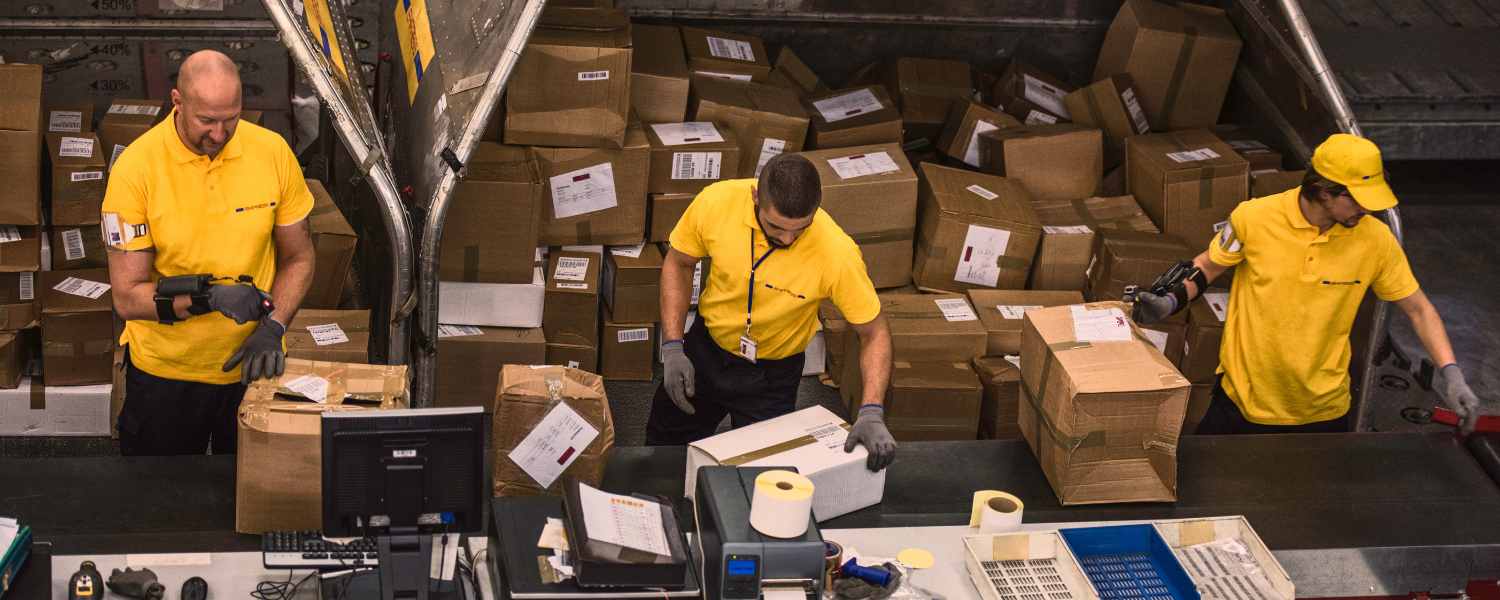
After the coating is cured, the material is finished as needed. This may involve cutting, folding, or other finishing processes to prepare it for packaging and shipping.
Types of Aqueous Coating for Printing and Packaging
The most common types of aqueous coating for printing and packaging available in the market are:
-
Gloss Aqueous Coating:
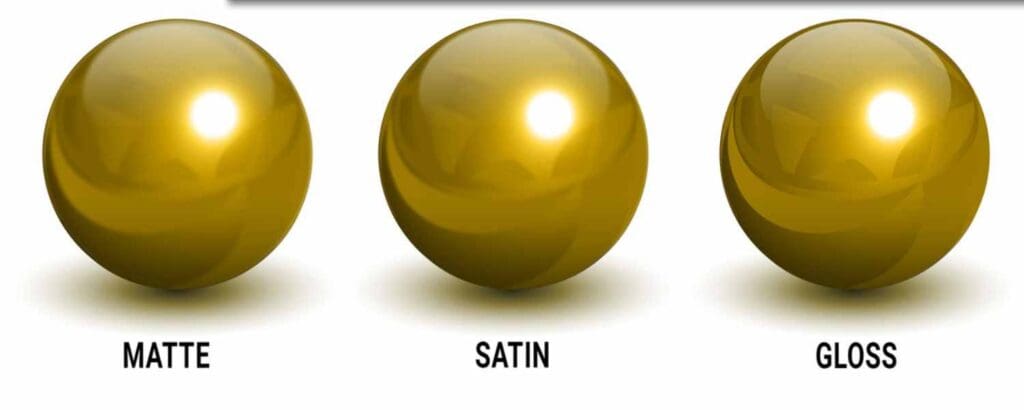
This type of coating provides a high-gloss finish that is ideal for printing materials such as magazines, catalogs, and brochures. -
Matte Aqueous Coating:
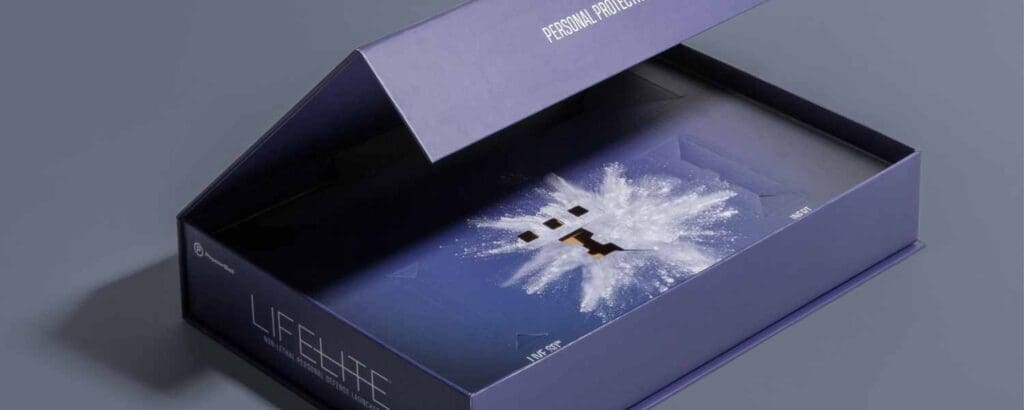
Matte coating provides a non-reflective finish often used on packaging materials, such as boxes and bags, to give them a more sophisticated look. -
Soft Touch Aqueous Coating:
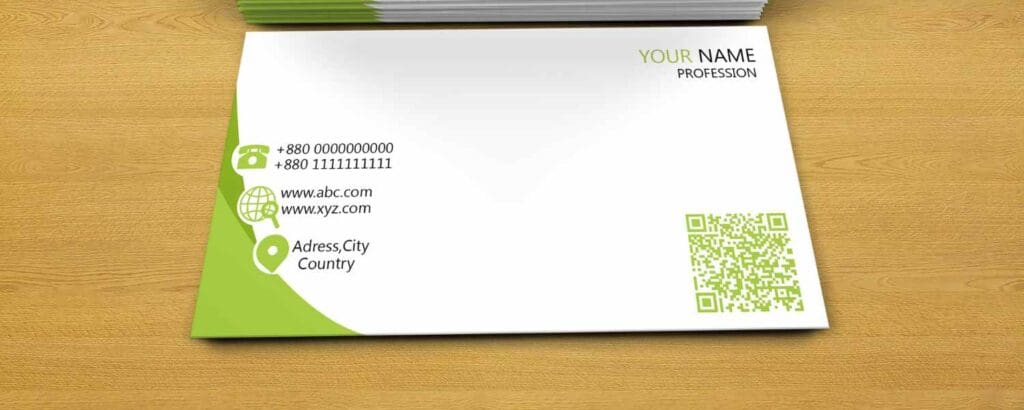
The soft-touch aqueous coating in printing creates a velvety, tactile finish ideal for high-end packaging and marketing materials. -
Satin Aqueous Coating:
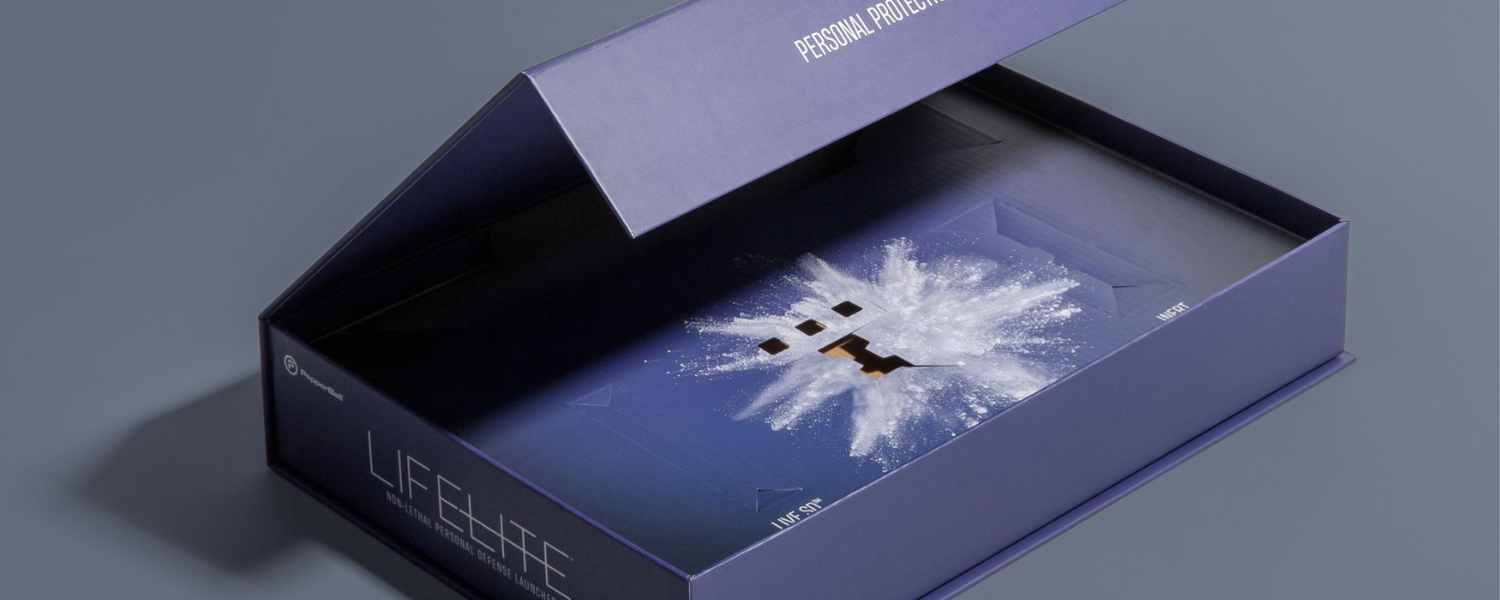
Satin coating provides a subtle sheen that is softer than gloss but shinier than matte. Packaging materials often use it to give them a more luxurious look. -
High-Slip Aqueous Coating:
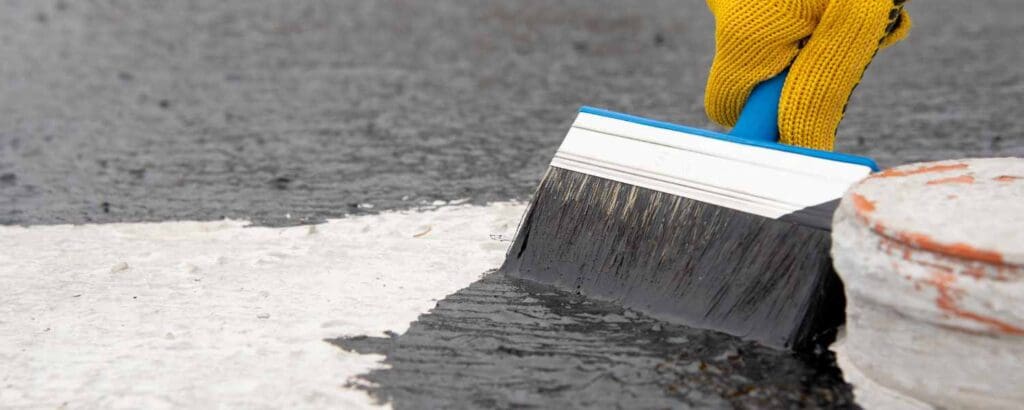
If you want packaging materials to slide easily over one another, then this aqueous coating for printing is all you need for the items, such as boxes and bags, that need to be stacked and transported.
Benefits of Aqueous Coating for Printing and Packaging
The aqueous coating offers a range of benefits for printing and packaging materials. Below mentioned are a few :
-
Protection:
 Aqueous coating provides a protective layer over printed materials, which prevents smudging, scuffing, and fading.
Aqueous coating provides a protective layer over printed materials, which prevents smudging, scuffing, and fading. -
Durability:
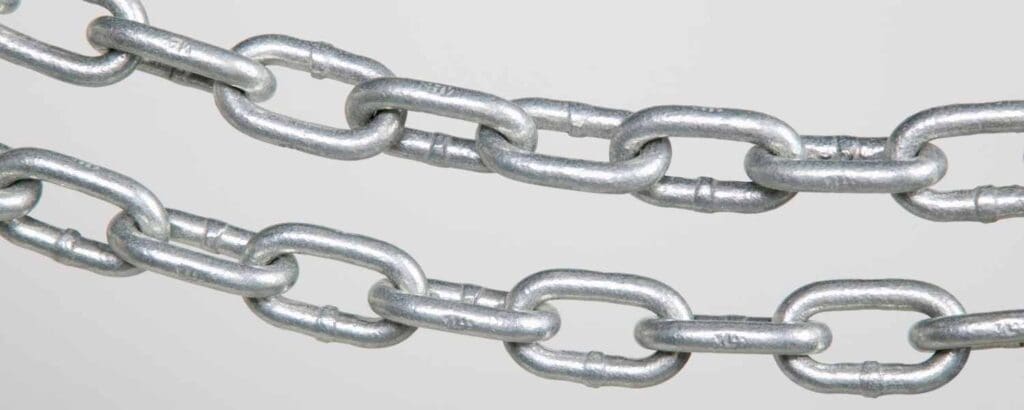
The coating increases the durability of the printed materials, making them more resistant to wear and tear during handling and shipping.
-
Improved Appearance:

Aqueous coating enhances the visual appeal of the printed materials by creating a smooth, polished finish that makes colors appear brighter and more vibrant.
-
Environmental Friendliness:

Compared to other types of coatings, this water-based coating is an environmentally friendly option due to no volatile organic compounds (VOCs).
-
Cost-Effective:

Aqueous coating for printing is generally less expensive than other types of coatings, such as UV coating, which makes it a cost-effective choice for printing and packaging applications.
Tips for using Aqueous Coating for Printing and Packaging
Here are some tips for using aqueous coating for printing and packaging:
-
Choose the right type of coating:

There are several types of aqueous coating available, including gloss, matte, and soft-touch finishes, but the choice should be made on the specific needs of your project.
-
Use a high-quality coating machine:

For an even and right-thickness aqueous coating, the usage of a high-quality coating machine is a must. Ensure the machine is properly maintained and calibrated for the specific coating.
-
Test the coating before production:
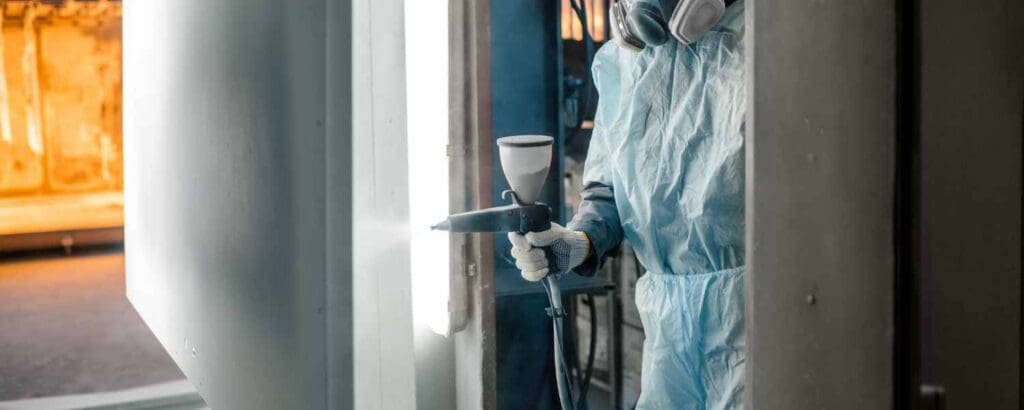
Before applying the coating to a large batch of materials, it’s a good idea to test it on a small sample to identify any issues with the coating or the process and prevent costly mistakes.
-
Consider the substrate:

Different substrates may require different types of aqueous coating at different curing times. Make sure to consider the substrate when choosing a coating and following the application process.
-
Follow the curing instructions:

It’s important to follow the instructions carefully toke sure that the coating is properly cured and adheres to the substrate. This may involve specific temperature and humidity conditions or other factors that can affect the aqueous coating curing process.
Final Words
Aqueous coating is a versatile and effective solution for enhancing printing and packaging materials’ durability, appearance, and environmental friendliness. By keeping its protective layer, smooth finish, and cost-effectiveness in mind, businesses can make informed decisions about the choice of high-quality aqueous packaging materials.
